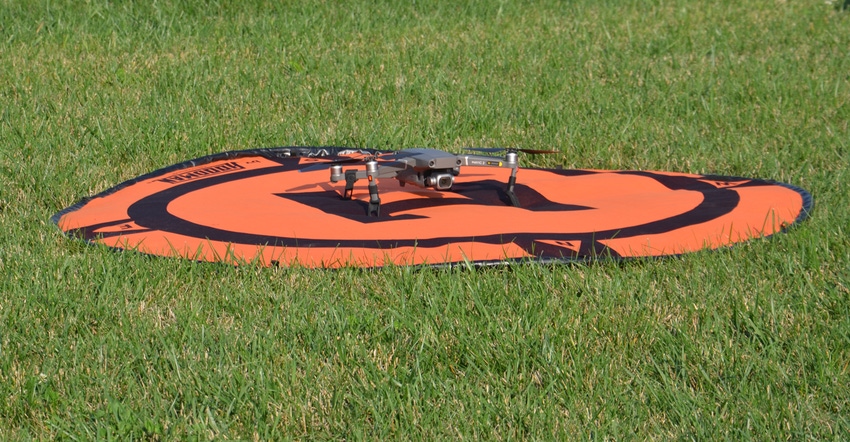May 21, 2020

My crops consultant wants to do aerial scouting of all my fields with his UAV. Last year he did a couple of fields for free. He gave me reports, and we caught one weed patch that we worked on, but nothing earth-shattering. We farm 3,500 acres. How much could we afford to pay per acre if he flies it all a couple of times? Is it a worthwhile investment?
The Profit Planners panel includes Dave Erickson, farmer, Altona, Ill.; Mark Evans, Purdue University Extension educator, Putnam County, Ind.; Jim Luzar, landowner and retired Extension educator, Greencastle, Ind.; and Steve Myers, farm manager, Busey Ag Resources, LeRoy, Ill.
Erickson: I think it would be wise to use the service in areas where you think you may have a problem rather than a blanket approach. In most cases, you know where to look for problems in your fields, so use the technology where it has the greatest potential to help. You may find some problems that you can’t fix during the growing season, so that information, while useful, may have limited immediate impact.
Evans: If you use the technology to take action on herbicide-resistant weed escapes, tile issues and perhaps to evaluate variable-rate applications, you could maximize your cost-benefit ratios. Every producer varies in what will be done with the information gained. If you can’t or won’t make changes, then you would be wasting time and money to gain the information. Ultimately, you know yourself best.
Do a serious analysis of your ability to make changes in response to additional information, and determine what you might save with the information. The best scenario might be using the service for troubled or difficult-to-scout fields. It’s something you can try for a year, but it doesn’t have to be a permanent long-term cost.
Luzar: It seems you are less than excited. Beyond discovering the weed patch, it appears you accrued little value for the service and are lukewarm to pay for acres in 2020. If you’re not gathering useful information to make better decisions, the technology is not making a positive financial contribution.
My solution is to sit down with your crop adviser and determine which subset of your farm is problematic. Focus on those acres to determine a mapping plan where you need more scouting information. This approach may provide more opportunity to gather information that is useful to your operation. I did such a thing with my wooded acreage. I had drone photos taken of woods with a significant white ash tree population to determine emerald ash borer damage and plans for timber marketing.
Myers: Because you have a great example from last year, you can apply some economics already. What was the “win” financially that would have been realized based on last year’s experience? Consider how this relates to what the crop consultant already does for you now and alternatives you have. This may include perhaps even flying these acres yourself, if you consider drone ownership, licensing and available time as a better alternative.
You May Also Like




